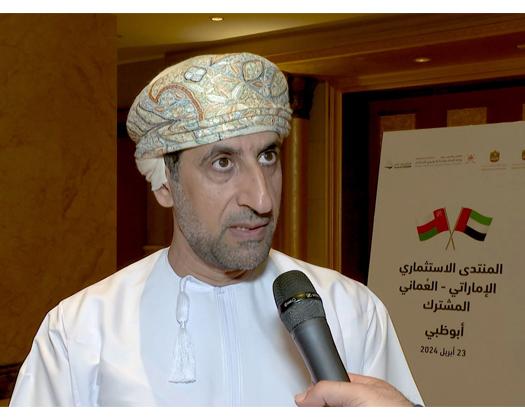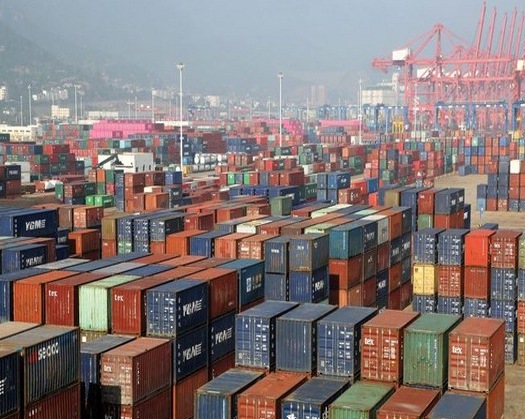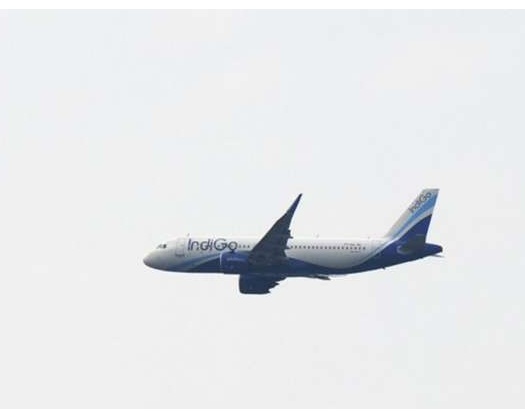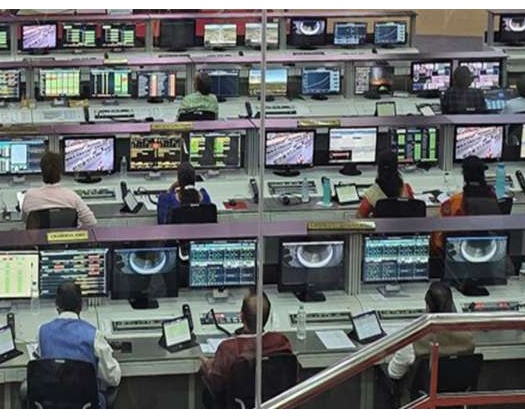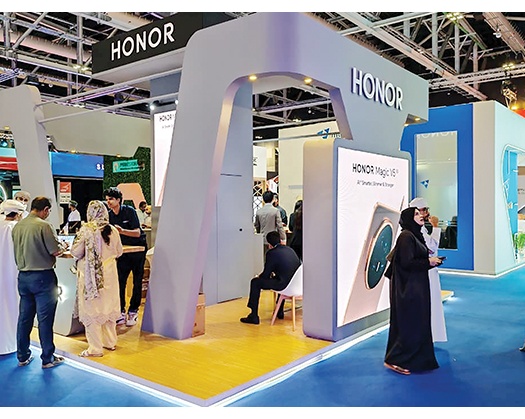The UAE-Oman railway project is set to benefit various sectors in both countries and pave the way for the development of new industries that were previously hindered by transportation challenges, according to Eng. Mohammed Zahran Al Mahrouqi, Deputy CEO of Hafeet Rail company.
He emphasized the positive environmental impact of the project, highlighting a significant reduction in carbon dioxide emissions. With a capacity equivalent to 300 trucks, the train will cut down 80 percent of the carbon emissions produced by trucks.
During the joint UAE-Omani Business Forum in Abu Dhabi, Al Mahrouqi spoke to the Emirates News Agency (WAM) and announced the signing of a partnership agreement between 'Etihad Rail,' 'Oman Rail,' and Mubadala Investment Company, marking the official commencement of the project and construction activities.
Furthermore, he mentioned the signing of a second agreement during the forum, assigning construction works to a national alliance led by Trojan Construction Group and Galfar Engineering and Contracting. This move reflects a strategic vision aimed at empowering local talents and contractors, boosting local value addition, and engaging the private sector in this crucial initiative.
Al Mahrouqi also highlighted the agreement to allocate control and communication systems to Siemens and HIC Corporation, ensuring the implementation of cutting-edge technologies for train control and communication within the network. The control system will be based on the latest European Train Control System (Level 2), guaranteeing efficient and safe train operations.
The CEO of Hafeet Rail, Ahmed Al Musawa Al Hashemi, expressed his anticipation for the joint railway project between Oman and the United Arab Emirates. He emphasized that the project would achieve multiple objectives, including strengthening the bond between the two nations. The passenger sector of the project is designed to accommodate up to 400 passengers per train.
During discussions, Al Hashemi highlighted the economic impact of the project, particularly the role of freight trains in enhancing trade exchange between the two countries. These freight trains have a cargo capacity of up to 15,000 tonnes of general goods and approximately 270 standard containers.
Al Hashemi also provided details about the speed of the passenger train, which is expected to reach 200 kilometers per hour. This high speed will enable the train to cover the distance between Sohar and Abu Dhabi in just 100 minutes. On the other hand, freight trains will take approximately 120 minutes for the same journey.
Al Hashemi confirmed that the railway project has now entered the implementation phase. He mentioned that significant progress has already been made, starting with the signing of the partnership agreement between stakeholders. Major contracts for the project have been awarded to a UAE-Omani alliance, consisting of companies from both countries working together as a unified team.
The CEO emphasized that the project will bring about numerous economic and social benefits. He highlighted the efficiency, safety, and security of railways as a sustainable means of transportation. Al Hashemi also expressed his belief that the UAE-Oman railway project will serve as a catalyst for further cooperation in various economic and industrial sectors. He noted that it will have a direct impact on passenger movement, boosting tourism and strengthening ties between the people of both countries.
He mentioned that the railway line within this initiative stretches from the current network in the UAE, starting at the Al Wathba region and reaching all the way to the city and port of Sohar. The route traverses various landscapes, from deserts to mountains and valleys, and closely follows Jebel Hafeet, the namesake of the collaborative entity Hafeet Rail.

